Green grass shoots are sprouting in my Elkhorn, NE yard. The days are getting longer. Water temperatures are warming. The time is now to get ready for some early open-water fishing action!
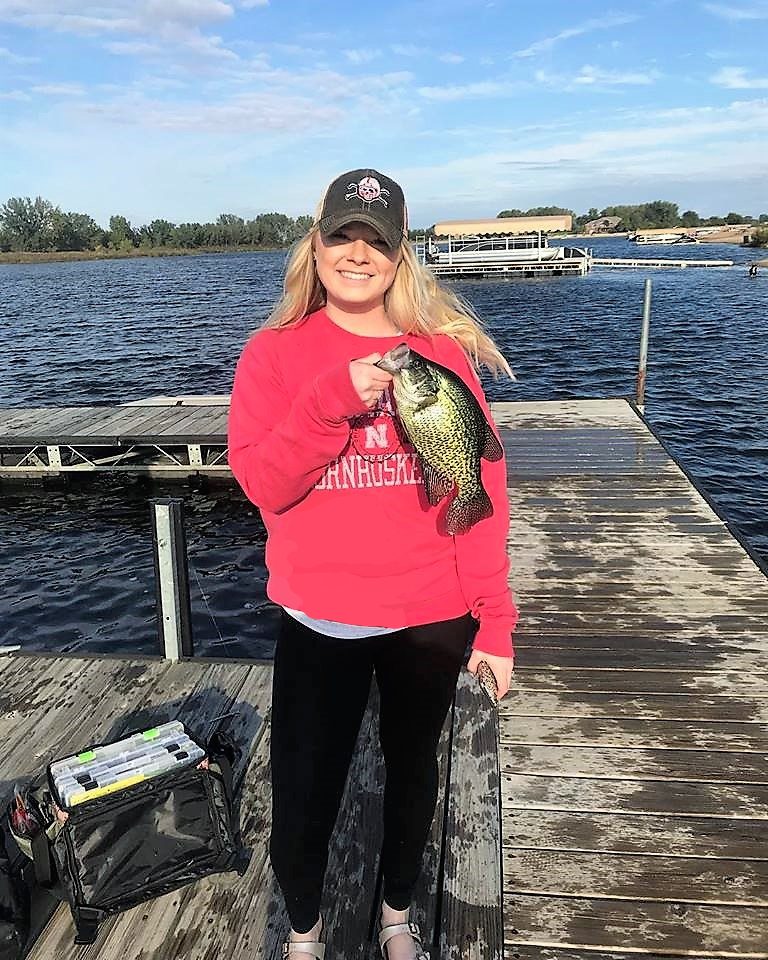
Have you put new line on your reels? Have you gone through your tackle box yet? Sharpened any hooks? Purchased your 2024 Nebraska fishing permit?
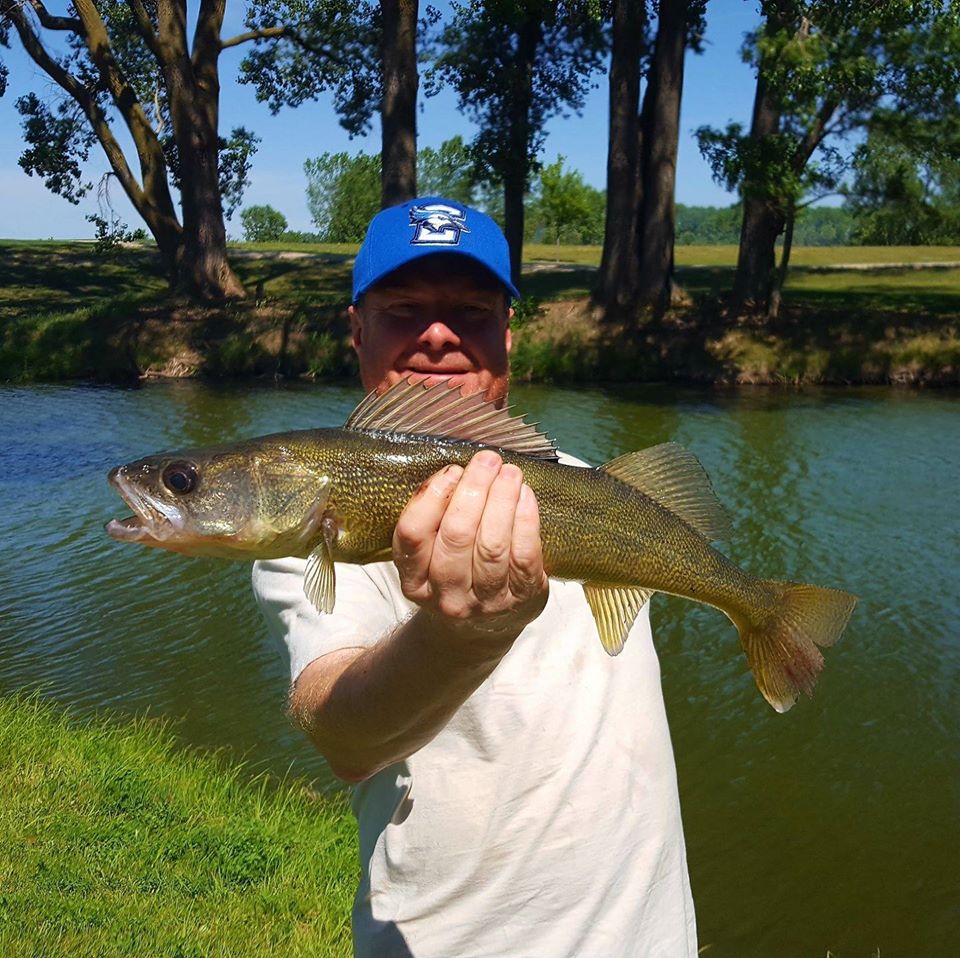
If there ever was a time for you to plan to get outside and do some recreational fishing, it is upon us or nearly upon us. Hungry fish await you!
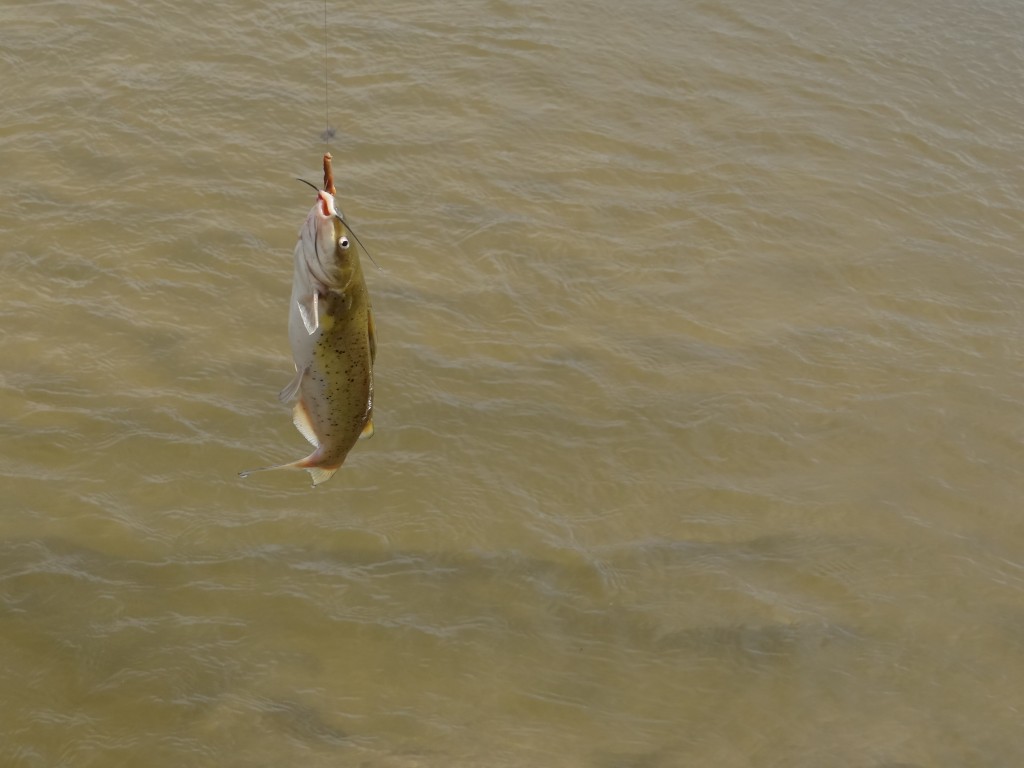
That stated, time to have conversation with Nebraska’s fish and fishing guru – Daryl Bauer. Daryl is our Fisheries Outreach Program Manager and a Fisheries Biologist for us at the Nebraska Game and Parks Commission based in Lincoln, and he offers these tips to directly assist you with your open-water or early spring fishing as waters begin to heat up.

Fish for cold-water fish. Yes, that means trout! “This time of year is one of my favorites for hooking Nebraska trout, a very catchable cold-water fish,” remarks Bauer. Whether it is one of our trout streams or a stocked pond or lake, these fish are hungry and usually easy fooled. Fishing for stocked trout is a great way to introduce kids to fishing because simple and inexpensive equipment may be used. A basic light or medium action spinning or spin-cast rod and reel combo with a No. 6 or 8 hook baited with a couple brightly colored nibbles of Berkley’s Trout Powerbait of Gulp Bait will work well. Add a small to medium-sized split shot about 1 ½ feet above the hook, and fish just up off the bottom. If need be, pack a small bobber and set it a couple of feet above the split shot. Worms, salmon eggs, corn, small spinners, small spoons and artificial flies also can catch trout.
Some are spawning. Bauer says northern pike, yellow perch, sauger and walleye spawn not long after the ice is gone. “If you target those species now, look for them to be on or near their spawning habitat; shallows with flooded or aquatic vegetation for pike and perch, turbid rivers or canals with gravel/cobble substrates and moderate flow for sauger and rocky dam faces, points and depressions near dams for walleye on most Nebraska reservoirs.” He points out that the actual spawn can be a tough time to catch any fish “because they have other things on their mind.”
Target channel catfish. Channel catfish are not a cold- or cool-water fish, but Nebraska has some surprisingly good fishing for channel catfish right after ice-out on many lakes, reservoirs, pits and ponds and rivers, according to Bauer. Baitfish like gizzard shad and panfish such as bluegill may have perished under the ice during the winter. Once open water is prevalent though, those prey fish killed under the ice during the winter are pushed by winds toward shorelines and readily available for channel catfish to consume. Bauer emphasizes looking for your channel cats feeding rampantly on the dead baitfish along those wind-blown shorelines, especially on a warm afternoon immediately following a few days of steadily increasing temperatures. Again, if you see dead baitfish on the shoreline, it is a sure sign that channel catfish are most likely nearby. Keep in mind the dead baitfish can be used for bait or you might try cut bait. Maybe even consider using worm or two.
Catch carp. Believe it or not, like many other fish, common carp go to warmer water during the early part of the spring. They are among the first fish to move into the shallows of lakes, ponds and reservoirs with black bottoms. Unlike other fish species, carp are constantly cruising around. They swim through the shallows looking to eat small aquatic creatures such as immature insects, worms and other invertebrates. Daryl Bauer suggests wearing a pair of polarized sunglasses in order to spot carp moving just beneath the surface, sometimes “tailing” as they sift food from the mucky bottom. Bauer says the marshy habitat of a water body is a good place to fish for carp using a worm rig.
For finding other species of game fish, think “warm.” For all the other species of Nebraska game fish to catch in early spring, think “warm,” stresses Bauer. “Any area where the water can warm a few degrees can be a key spot.” He says to seek sheltered bays and coves with darker bottoms, and pay attention to south-facing shorelines and corners where the afternoon sun can warm the water. Look for cover (e.g. fallen trees, brush piles or beaver lodges) as well, in those protected areas. Any inflow can be productive, too. Do not overlook the sunny sides of docks or boat storage sheds. Small waters, by the way, warm quicker than larger bodies of water. Fish the afternoons on nice days, when the water has had a chance to warm for a few hours. Bauer says if you are standing on the bank in a spot that feels like a warm, comfortable place to lie down and take a nap on a sunny afternoon, a place out of the wind where the sun is shining down, fish it.
Fish slowly, very slowly. Bauer recommends fishing slowly in early spring. No, check that: V-E-R-Y slowly. “Generally,” he says, “you want to fish very slowly or drift-fish with your presentation because the water is relatively cold and the fish are not active yet.” He continues: “Keep that ice-fishing attitude when it comes to fishing for ice-out bluegills, crappies, and largemouth bass and fish late in the day.” It is important to not only fish slowly, but vertically to give the fish a chance to react to your bait, especially if they do not seem to be active. “I love neutrally-buoyant crankbaits for a variety of bass fishing situations in the colder waters of early spring,” comments Bauer. With regard to catching crappies and even bluegills in the early to middle parts of the spring, Bauer says where allowed nothing is simpler and more effective than using a plain, old slip bobber, split shot weight, light wire hook, and a small, lively minnow. If you cannot use minnows, try a lighter-colored jig. “Dabble that in front of a crappie or bluegill most anytime and they will strike it.”
Keep moving! In the first half of spring game fish can literally be at different places on different days even along the same shoreline. Just ask Daryl Bauer. He cites a good tactic to employ for any season: Keep moving! An assertive, always-on-the-move approach, he adds, helps professional tournament bass fishermen be successful and helps those of us who enjoy sport fishing to catch fish this time of year.
Be prepared for the wild shifts in weather. There is no doubt that we will go through several wild, erratic shifts or swings in the weather in the coming weeks. Spring is truly one of the toughest times of the year to wet lines. Nebraska’s fisheries outreach program manager encourages planning your fishing trips around warming trends and stable weather patterns for better success. When a cold front pummels us or we experience a massive Nebraska weather swing, we have to take our lumps. Bauer reminds us that fish tend to move toward warmer water when the weather is nice but drop back into deeper water when the weather turns cold and the north wind howls.
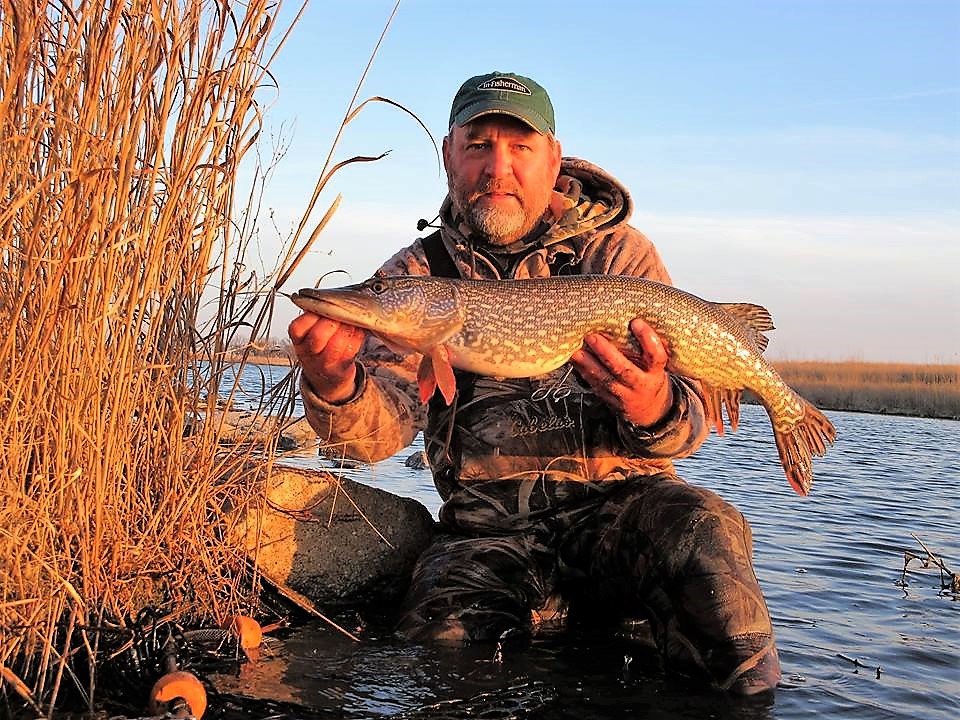
Get information on fishing laws, regulations and public waters by accessing the current Nebraska Fishing Guide.
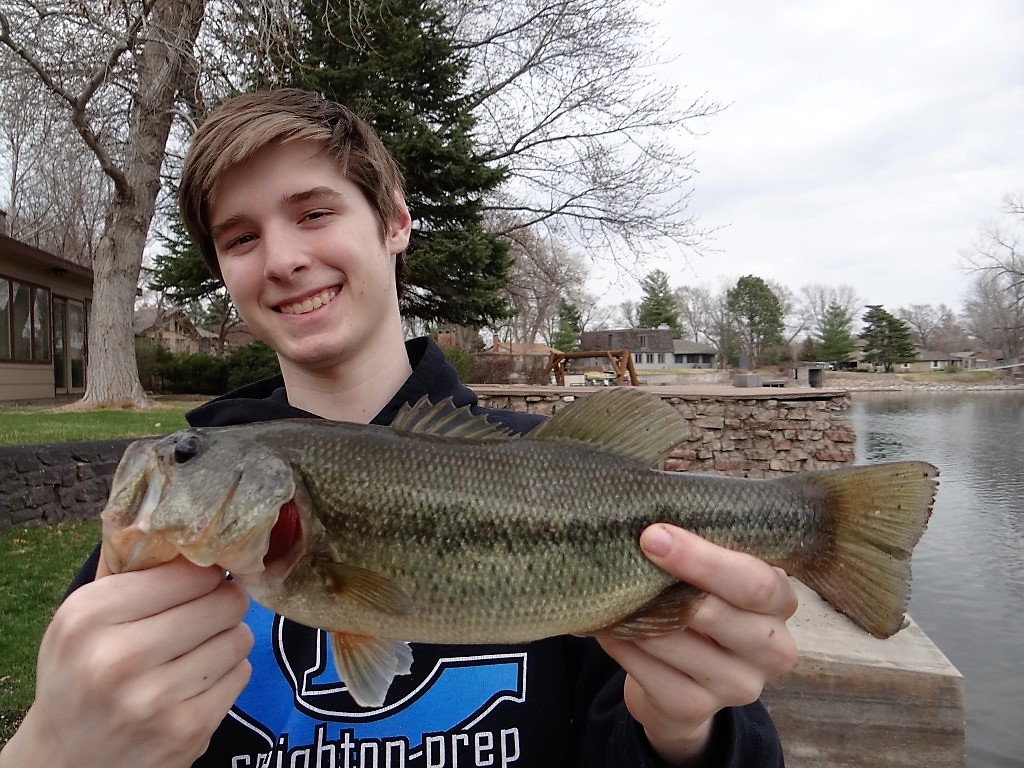
Daryl Bauer’s Fishing Forecast (top places to fish) for this year is on this page.
Information about Nebraska’s challenging Trout Slam is here.
Good fishing! GW
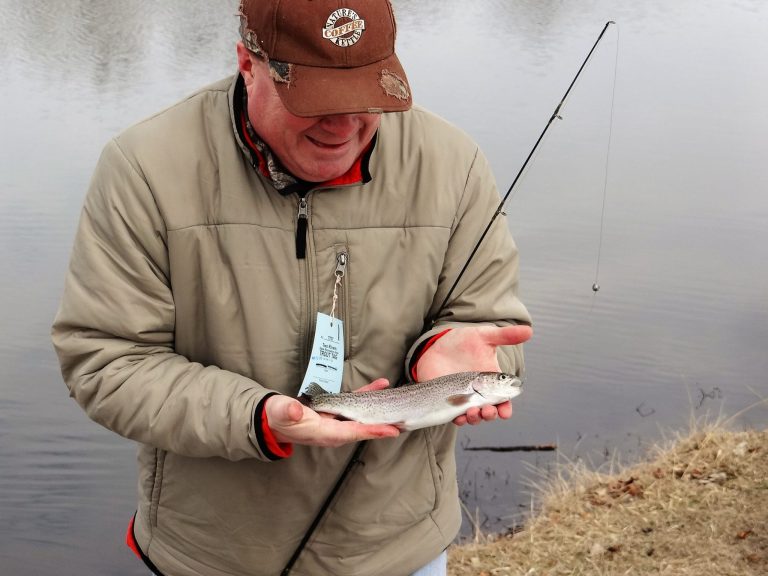

The post Tips for Early Open-Water Fishing appeared first on Nebraskaland Magazine.
















